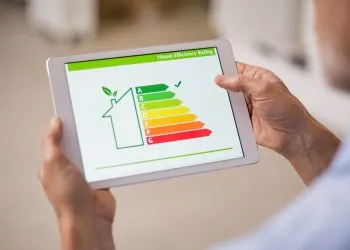Property prices are currently rising at twice the pace of earnings, highlighting the growing issue of housing affordability, new figures show. According to the Your Move Reeds Rains house price index, house prices rose 5.5% in 2015 compared to 2.1% for salary growth. Average house prices across England and Wales increased by £15,228 last year […]
 Property prices are currently rising at twice the pace of earnings, highlighting the growing issue of housing affordability, new figures show.
Property prices are currently rising at twice the pace of earnings, highlighting the growing issue of housing affordability, new figures show.
According to the Your Move Reeds Rains house price index, house prices rose 5.5% in 2015 compared to 2.1% for salary growth.
Average house prices across England and Wales increased by £15,228 last year to reach a new high of £290,642.
Bournemouth saw the biggest monthly increase of 2.9% as the south coast continues to grow in popularity with homebuyers. Your Move said house prices in the seaside resort are now £261,232.
Adrian Gill, director of Reeds Rains and Your Move, said: “This upswing has been propelled by the expanding tech sector in the city. Last year Bournemouth was named the fastest-growing digital economy in the UK. This ‘silicon beach’ surge has created more well paid tech jobs in the area – spurring the recent rise in home values, as more people look to move into the neighbourhood.”
The strongest sales surge was seen in the North West, where the number of sales was up 8.8% for the year as buyers seek more property for their money.
The typical property in London went up by £34,485 last year, almost the same as the £35,333 average wage in the capital. The 6.2% rise in the capital’s home values to £594,479 was driven by activity in the more affordable outer boroughs.
Gill said: “The cheapest 11 boroughs have seen the biggest boost in property prices, up 14% (£47,052) year-on-year, with a typical home in Newham now costing £63,429 (23%) more than in December 2014. As London workers attempt to find affordable places to buy, prices are rising in the nearby commuter towns as well. The fastest growth year-on-year across the country has been experienced in Luton where home values are up 17.5%, with trains here only taking 23 minutes to get into St Pancras Station.”
The imbalance between supply and demand is putting increasing pressure on house prices and has led to many first-time buyers being squeezed out of the property market.
The government has introduced a number of new schemes in recent years to help those looking to buy a home, including Help to Buy and Right to Buy. In the Autumn Statement last year, Chancellor George Osborne unveiled plans to build 400,000 homes and announced a 3% rise in stamp duty as part of the government’s aim to curb the buy-to-let sector.














